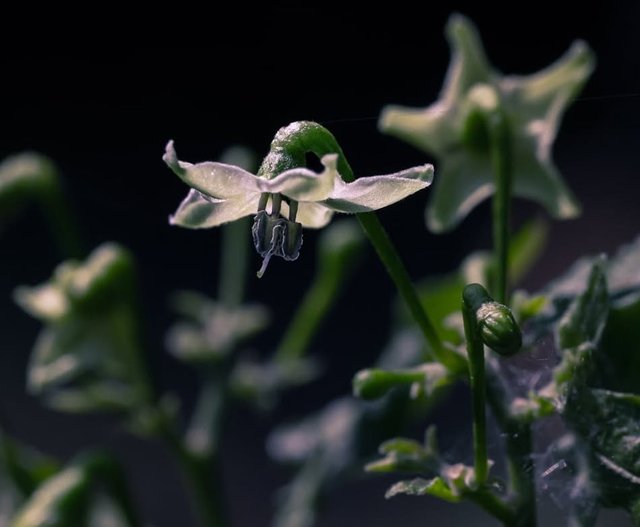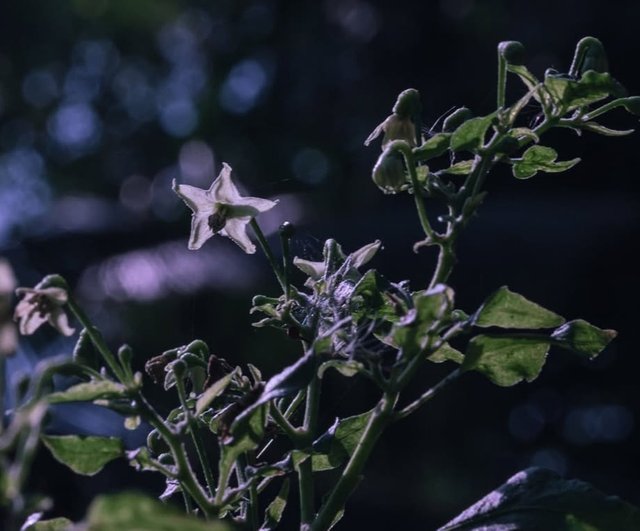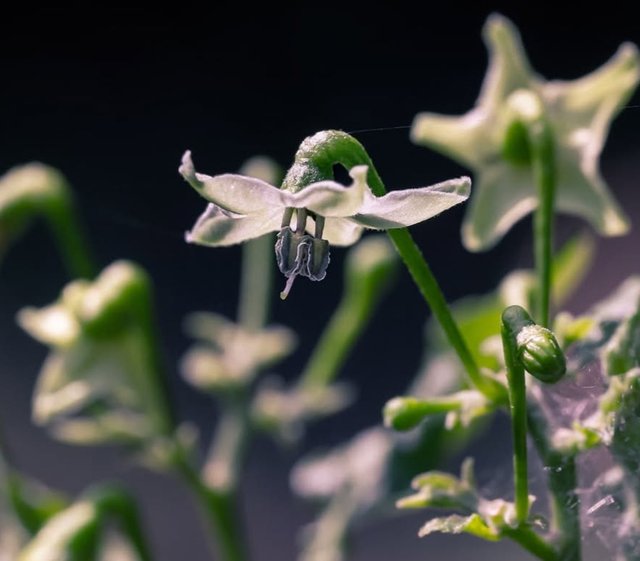Amazing Colour Jalapeno Flower
The Mighty Jalapeno: A Spicy Icon in the Culinary World
When you think of spice, the jalapeño is often one of the first peppers that comes to mind. Its vibrant green color, moderate heat, and versatility have earned it a spot in kitchens around the world. But the jalapeño is more than just a pepper—it’s a cultural symbol, a nutritional powerhouse, and a key ingredient in countless dishes.
Origins and History The jalapeno originates from Mexico and takes its name from the city of Xalapa, the capital of Veracruz. It has been cultivated for thousands of years by indigenous peoples of Mesoamerica, who valued its heat and flavor. Over time, the jalapeño spread to other parts of the world, gaining popularity for its bold taste and culinary adaptability.
Flavor Profile and Heat Level
The jalapeno has a distinctive, tangy flavor with a moderate heat level that makes it approachable for most spice lovers. On the Scoville Heat Scale, it ranges from 2,500 to 8,000 Scoville Heat Units, placing it below peppers like the habanero or ghost pepper but above milder varieties like the bell pepper.
For those who want to adjust the heat, removing the seeds and inner membranes can significantly reduce the spice. Roasting or cooking the pepper also mellows its intensity, bringing out a smoky sweetness that complements many dishes.
Culinary Uses The jalapeno is an incredibly versatile ingredient that can be used fresh, roasted, pickled, or smoked. Here are some of its most popular applications:
Fresh Jalapenos:Salsas and Guacamole: Chopped jalapeños add a fresh, spicy kick to classic Mexican dips.
Toppings: Sliced jalapenos are a favorite topping for nachos, tacos, and burgers.
Stuffed Peppers: Halved jalapenos can be stuffed with cheese, meats, or other fillings and baked or fried to create jalapeño poppers.
Pickled Jalapeños: Pickling softens the heat and adds a tangy flavor. These are often used as a topping for sandwiches, hot dogs, and pizza.
Roasted or Grilled Jalapeños: Roasting enhances the pepper’s smoky flavor, making it ideal for soups, stews, and marinades.




